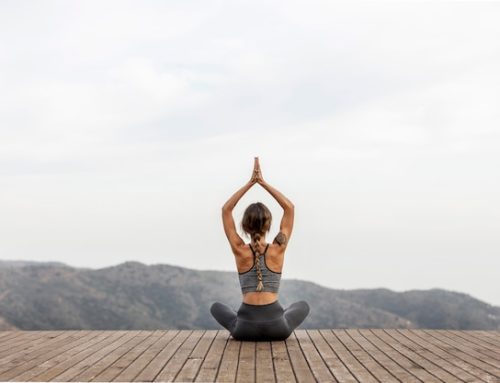Introduction
Yoga is an ancient practice that originated in India thousands of years ago. It has gained immense popularity in recent years, with people from all walks of life practicing yoga for its physical, mental, and spiritual benefits. While yoga is a holistic practice that has no strict rules, it is important to follow certain guidelines to ensure a safe and effective practice. In this article, we will explore the rules of yoga that every practitioner should follow.
Rule 1: Honor Your Body
The first rule of yoga is to honor your body. This means listening to your body and not pushing yourself beyond your limits. Every individual is different, and what works for one person may not work for another. Therefore, it is important to move at a pace that feels comfortable and safe for you. If you feel any pain or discomfort during your practice, stop immediately and modify the pose or take a break.
Rule 2: Breathe
Breathing is an essential part of yoga. The breath is what links the body and mind, and it is important to focus on your breath throughout your practice. Inhale deeply through your nose and exhale slowly through your mouth. Let your breath guide your movements and help you find relaxation and calmness.
Rule 3: Practice Consistency
Consistency is key when it comes to yoga. It is better to practice for a short amount of time every day than to practice for a long time once a week. Consistent practice helps you build strength, flexibility, and balance. It also helps you develop a deeper understanding of your body and mind.
Rule 4: Focus on Alignment
Alignment is crucial in yoga to prevent injury and ensure an effective practice. Proper alignment helps you engage the right muscles and avoid putting undue stress on your joints. Keep your spine straight, your shoulders relaxed, and your hips squared in every pose. If you are not sure about your alignment, seek the guidance of a qualified yoga teacher.
Rule 5: Respect Your Surroundings
Yoga is a practice of non-violence and respect towards oneself and others. When you practice yoga, be mindful of the people around you. Avoid talking loudly or causing disturbances during class. If you need to leave early, do so quietly and without disrupting the practice of others.
Rule 6: Let Go of Expectations
Yoga is not a competition; it is a personal practice that should be done without expectations. Let go of any preconceived notions of how your practice should be and accept what is. Remember that every day is different, and your practice will vary from one day to the next. Practice with an open mind and heart, and let go of any judgment or self-criticism.
Rule 7: Practice Gratitude
Gratitude is a cornerstone of yoga. Take a moment at the end of your practice to express gratitude for your body, your breath, and your practice. Acknowledge the effort you put in and the progress you have made. Practicing gratitude helps you cultivate a positive attitude and a sense of contentment.
Conclusion
In summary, yoga has no strict rules, but there are certain guidelines that every practitioner should follow. Honoring your body, breathing, practicing consistency, focusing on alignment, respecting your surroundings, letting go of expectations, and practicing gratitude are all essential rules of yoga. By following these guidelines, you can enjoy a safe, effective, and fulfilling practice that nourishes your body, mind, and soul.






